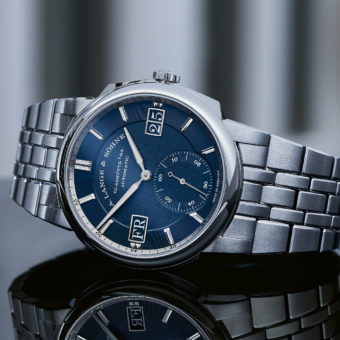Boutique haute horlogerie brand Greubel Forsey has done more than most established maisons to promote the artisanal virtues of watchmaking. For a good number of years now, the two founders — Robert Greubel and Stephen Forsey — have championed the cause of artisanal watchmaking in an industry that is increasingly turning to machines to do the work that was once done by expert craftsmen. To help preserve these age-old skills the duo teamed up with the likes of master watchmaker Philippe Dufour to launch the Naissance d’une Montre project with the lofty aim of resurrecting the centuries-old tradition of hand craftsmanship. Now Greubel Forsey has brought the same watchmaking philosophy to its product line with the introduction of Hand Made 1, a timepiece that takes traditional watchmaking to a whole new level. Writer Nitin Nair takes a close look at the new piece in this article from our sister publication, WatchTime Middle East.
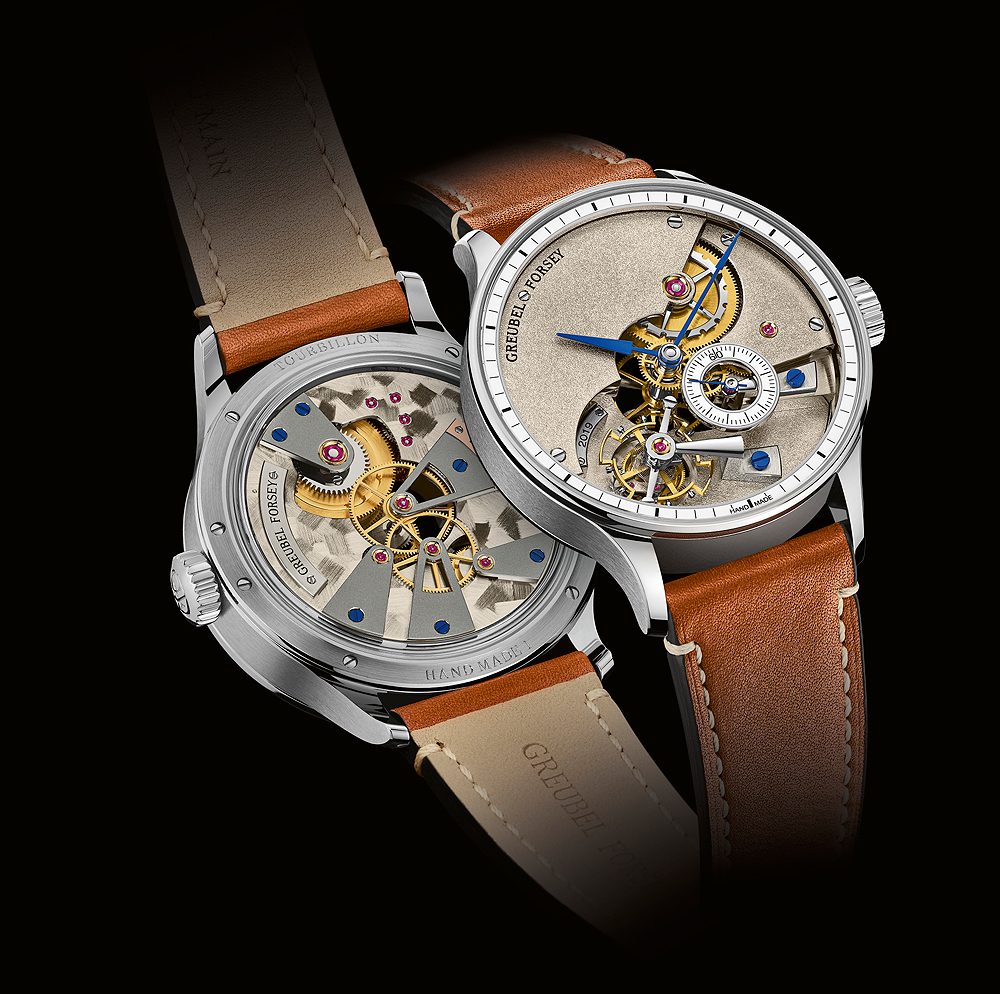
According to Greubel Forsey, 95 percent of the timepiece – including the hairspring — is made using only hand-operated tools. Each timepiece requires an extraordinary 6,000 hours work (in terms of man-hours, that’s about three years). The company had to build a team of its most skilled craftsmen as well as external talents to work together on this project. From the movement, to the case, to the leather strap, to the dial and hands, everything is handmade. The only exceptions are the sapphire crystals, the case gaskets, the spring bars, the jewels, and the mainspring.
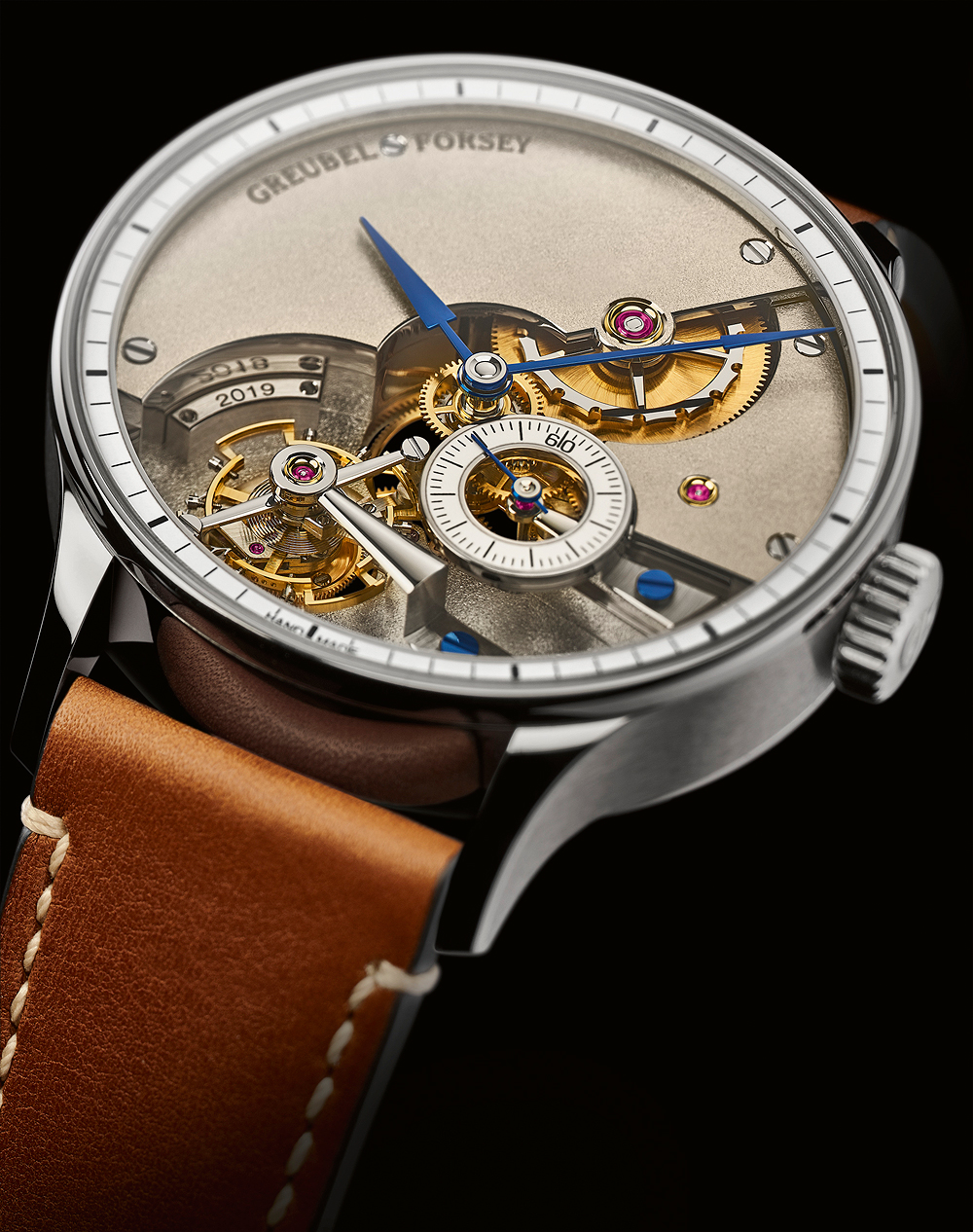
The Hand Made 1 is a time-only timepiece equipped with a tourbillon. The 43.5 mm case is 13.5 mm thick and made of white gold. It is handmade using a pantograph mechanical lathe fitted with turning tools. The sides of the case have a satin finish while the upper surfaces are polished.
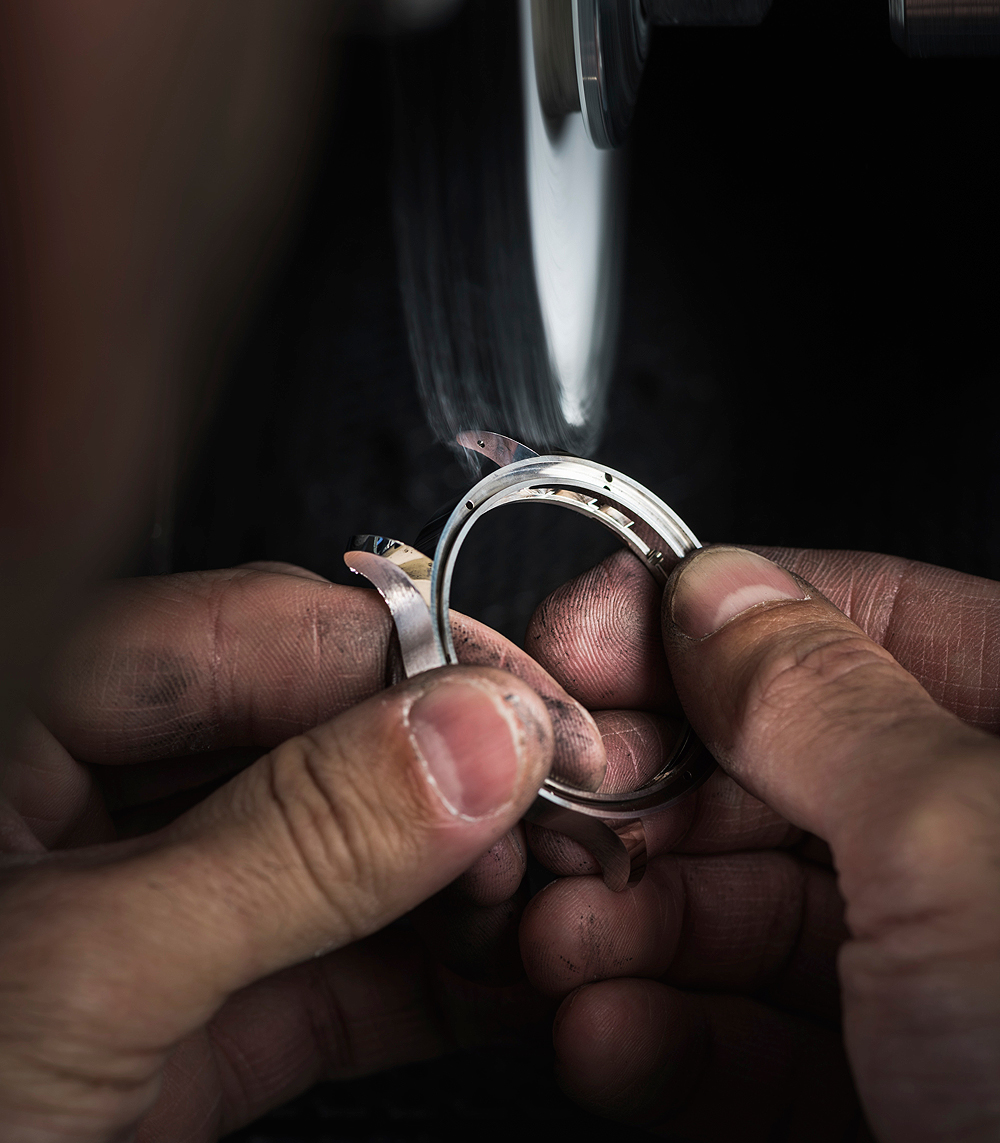
Visually, the watch is very much a Greubel Forsey and the brand DNA is instantly recognizable. Cue the characteristic cutaway dial with the frosted bridges, a small seconds dial, and a tourbillon placed in the cutaway section. The dial is fitted with hand-enameled chapter rings, paired with slim, flame-blued steel hands.

The movement was built from the ground-up, starting with the handmade regulating organ. The balance spring is rolled in a hand-operated rolling mill. The escape wheel has 20 individually-cut teeth and all four surfaces are finished to the highest standard. Machining and finishing the escape lever alone requires a month and a half of work. The movement is hand-wound and has a power reserve of 60 hours.
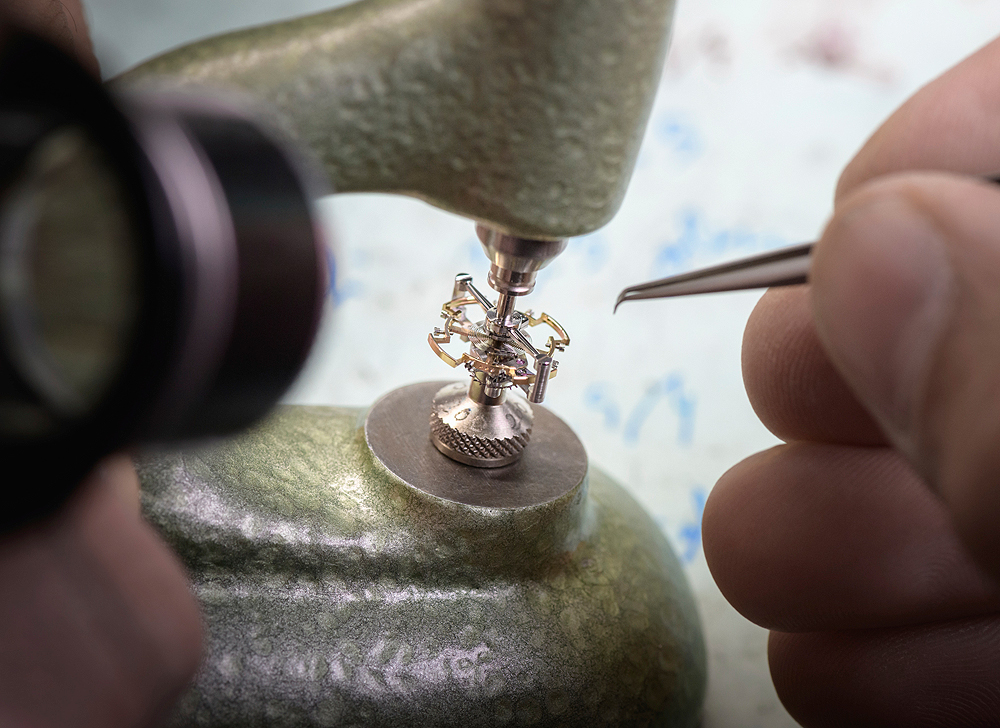
The tourbillon carriage is made of 69 components, more parts than usual. This is because the components were produced on a traditional jig borer which cannot replicate the kind of geometries that are possible using a modern CNC machine. All the components are hand-finished, as you would expect from a haute-de-gamme timepiece like this. The bridges have their inner and outer vertical flanks polished, the mainplate’s bridges have a unique “Gratté” finish that looks like brush strokes. The wheels feature hand-polished bevels top and bottom (there are 40 sharp internal angles for a five-spoke wheel).
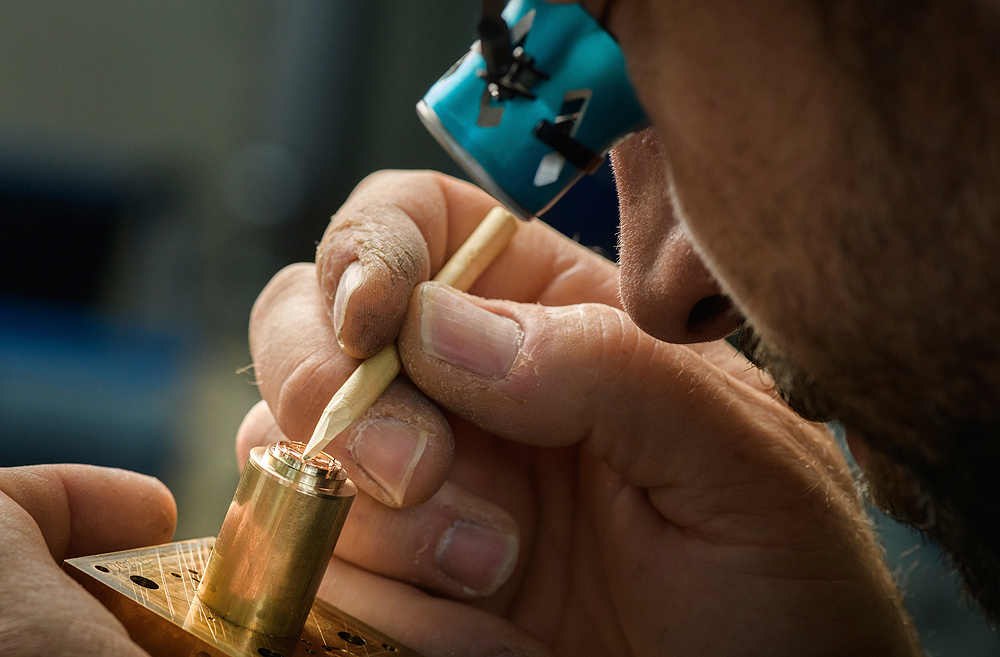
Understandably, if each timepiece involves 6,000 hours of work, the quantity of watches produced in a year will be limited. Greubel Forsey reckon only two to three timepieces will be made in a year. The price of the watch has not been communicated yet, but it is expected to cost around CHF700,000 – 900,000.
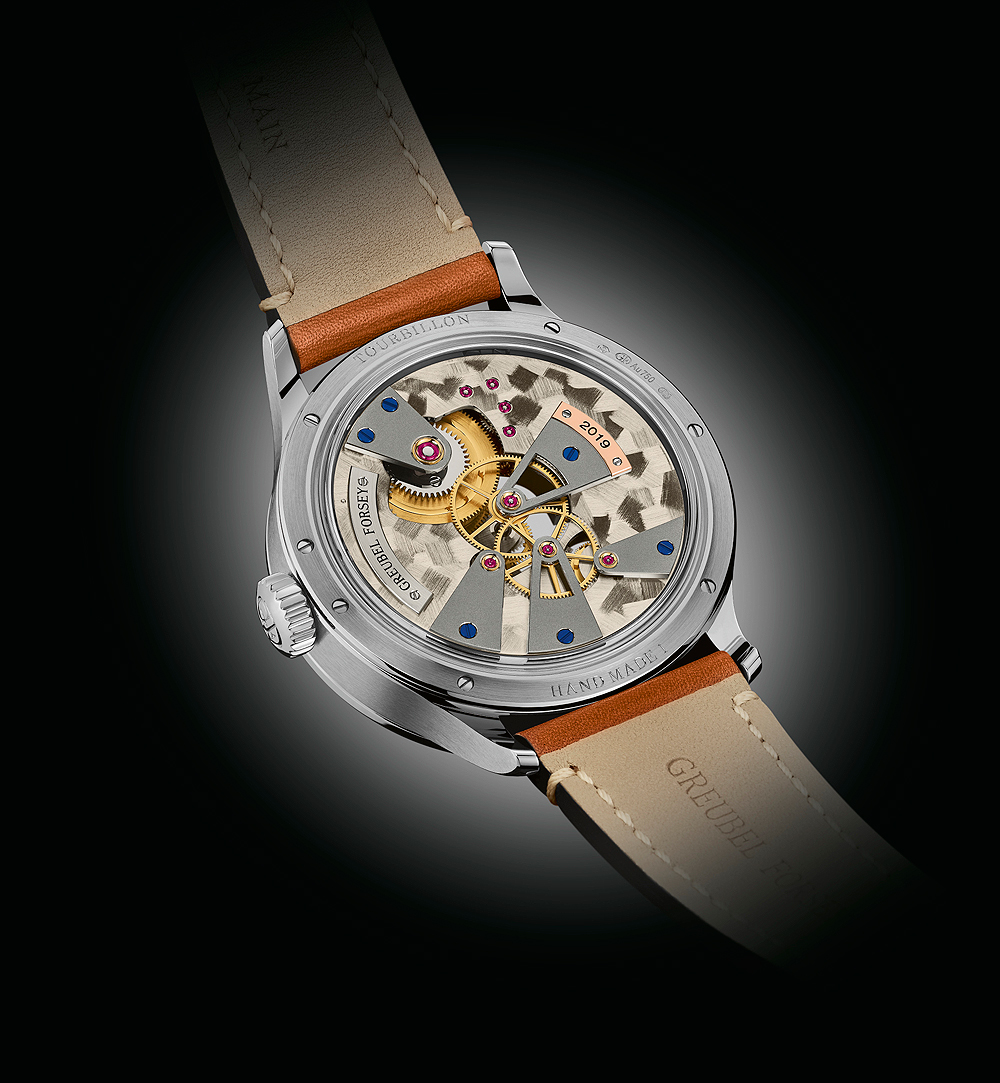
For more articles from WatchTime Middle East, click here.




